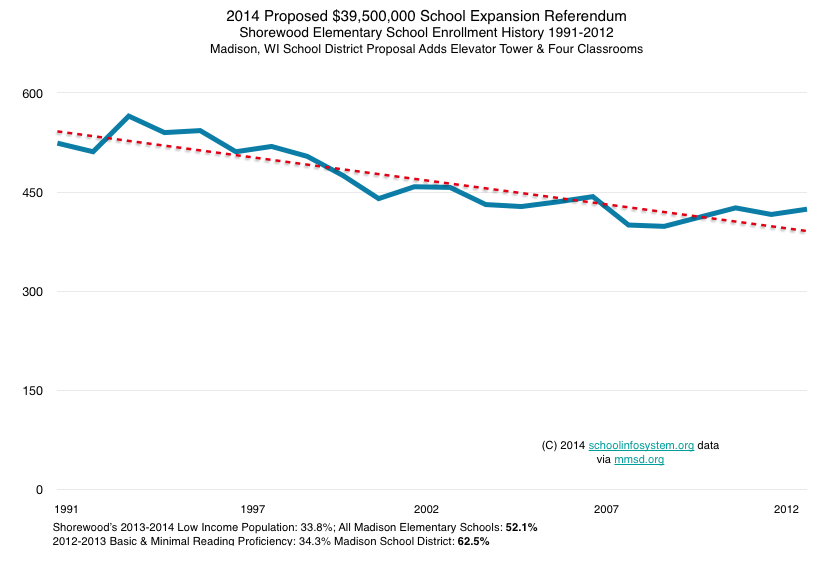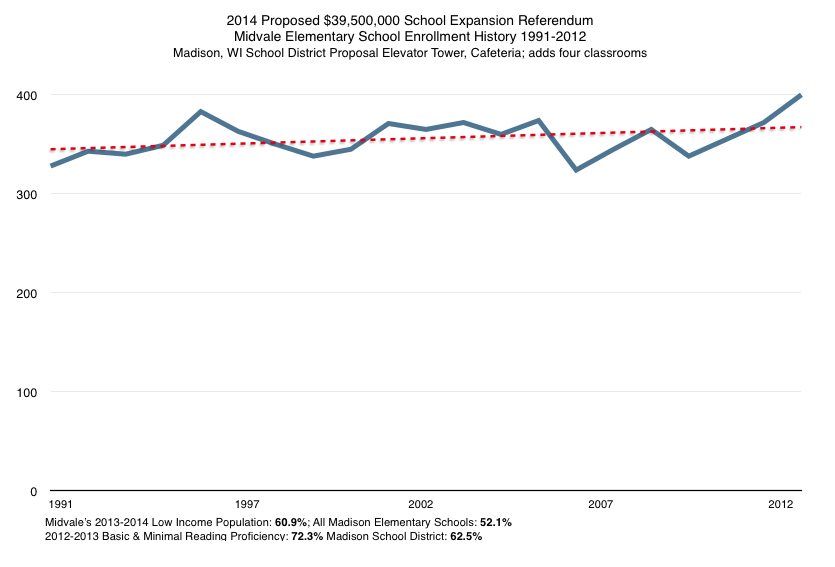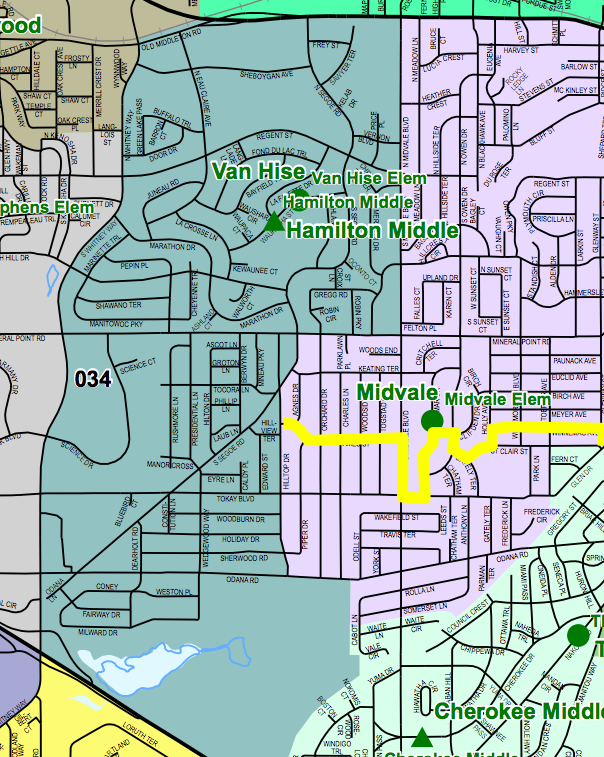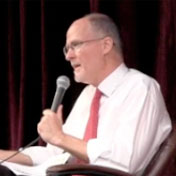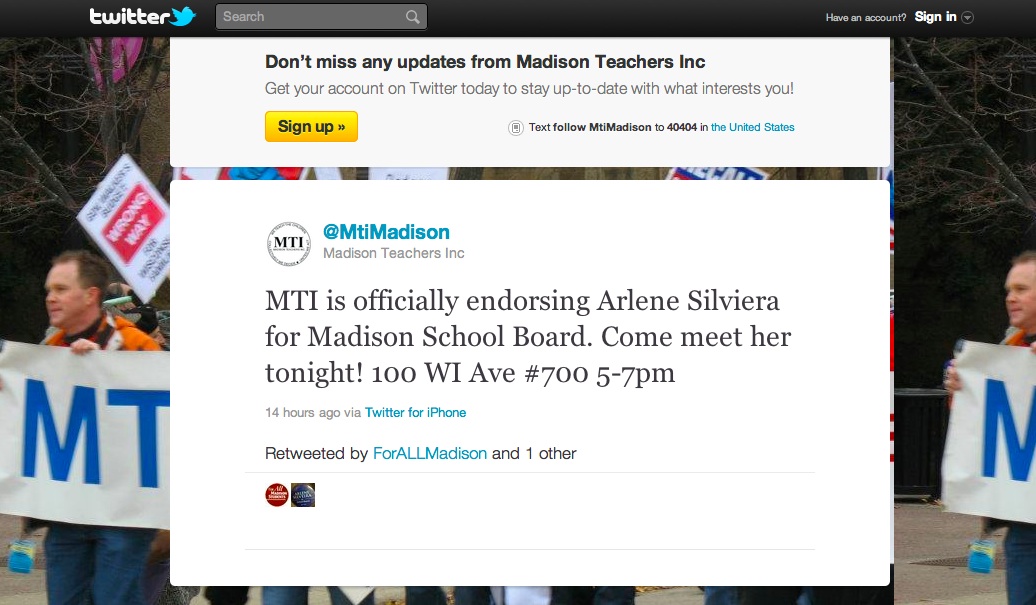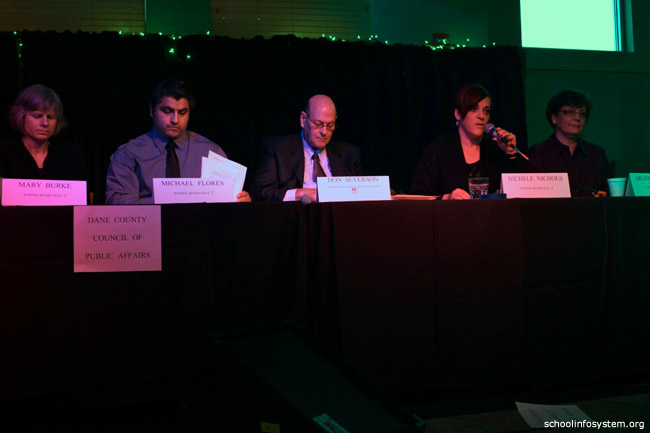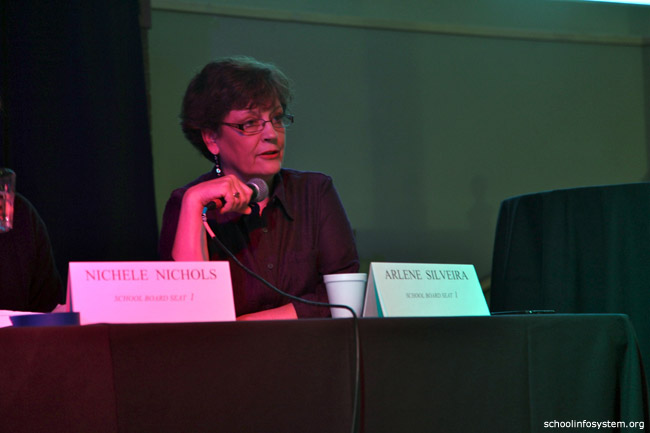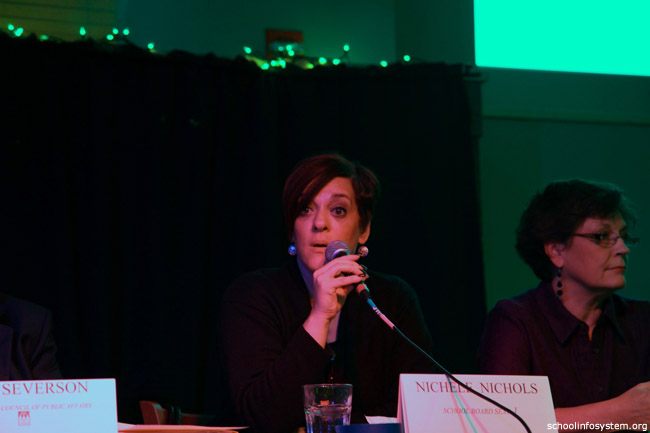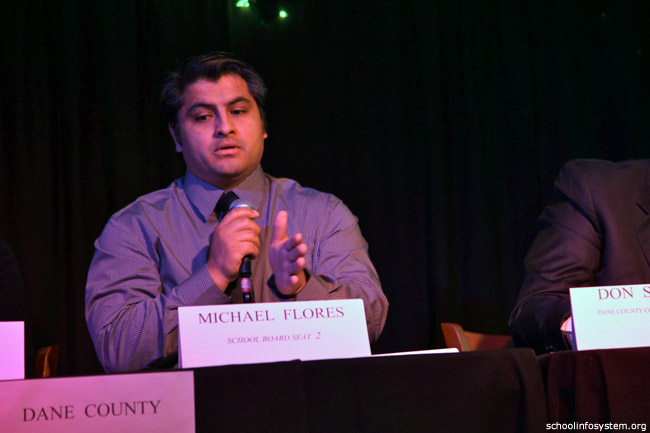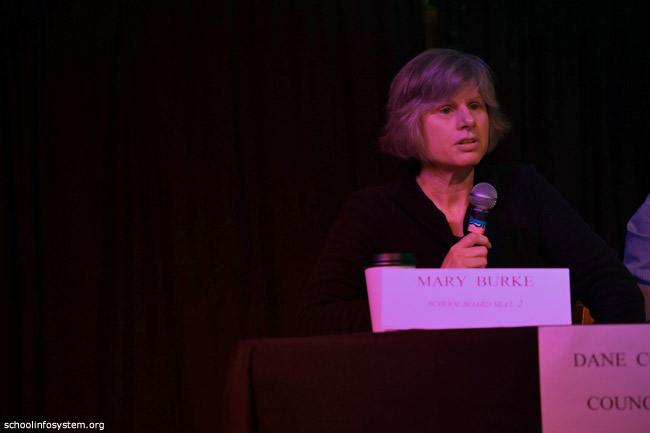“Student responsibility is the third rail of the accountability movement.” Walt Gardner
If Mr. Gardner is correct, then is that why have we decided to leave student effort and their responsibility for their own learning and academic achievement out of our considerations of the reasons for such results as the 2010 NAEP history exam, which found that fifty-five percent of our high school seniors scored Below Basic?
Japan, South Korea and Singapore are quite forthright in their views that students must work hard, even very hard, in order to do well in their studies. (see Surpassing Shanghai, Harvard 2011, edited by Marc Tucker).
For our part, just about everyone, from journalists to legislators to edupundits of all sorts and degrees, holds everyone else responsible for student academic failure here. They blame legislation, governors, school boards, superintendents, unions, teachers and all other adults working in education, but they never seem to include student responsibility and effort into their calculations.
Anyone who suggests students may have a part to play in whether they learn anything or not risk being called racists, or supporters of poverty, or prejudiced against immigrants and those whose primary language is other than English.
Immigrants have been coming to this country, learning English, and doing well since the earliest days of our country, but lately we seem to enjoy pretending that these tasks are something new and the burden must be place on all the adults in our educational systems to make things easier. They may not realize that Albert Shanker spoke only Yiddish when he entered the New York public schools, and they conveniently ignore the children of Vietnamese boat people, and many others, some of whom come to this country knowing no English and before long are valedictorians of their high school graduating classes.
Of course it is nearly impossible to create educators without compassion, sympathy, even pity as part of their make-up, but at some point making excuses for students who are not trying and making an effort to lift all responsibility from their shoulders turns out to be cruelty of another kind.
Martin Luther King never said that minority children should not be asked to take their share of the load in becoming educated citizens, just that they have a fair chance, and perhaps some extra help.
In fact, some of those who once believed that discrimination and racism could account for the failure of African-American children in our schools began before too long to have difficulty reconciling those notions with the manifest academic success of too many Asian-American children, some of whose parents had been interned in this country, some of whom came here with no knowledge of the country or the language, and often from an even longer history of oppression and discrimination behind them (e.g. the Japanese Burakumin immigrants).
It is interesting that when American black athletes achieve unprecedented success and achievement and multi-million-dollar salaries, no one rushes to explain that result as the outcome of centuries of unpaid labor, rampant racism and discrimination. For some reason it is acceptable to expect, and common to find, outstanding effort and achievement among black athletes, but it is not thought suitable to expect serious academic effort from black students in our schools.
If coaches thought all the effort in sports was their job, and expected nearly nothing from their athletes, we might see the same failure in sports that we have in academics. And we would find that most athletes were less inclined to try their hardest and to take responsibility for their effort and success in sports.
As long as we put all the onus on adults in our education systems, we deprive our students of all kinds of the challenges they need, as we try to disguise from them the fact that their achievement will always in life depend mostly on their own efforts for which they alone have to take the responsibility.
Call me names, if that makes you feel better, but all our students are waiting to be treated more like the responsible human beings they, in fact, are.
————————————-
“Teach by Example”
Will Fitzhugh [founder]
The Concord Review [1987]
Ralph Waldo Emerson Prizes [1995]
National Writing Board [1998]
TCR Institute [2002]
730 Boston Post Road, Suite 24
Sudbury, Massachusetts 01776-3371 USA
978-443-0022; 800-331-5007
www.tcr.org; fitzhugh@tcr.org
Varsity Academics®
www.tcr.org/blog
